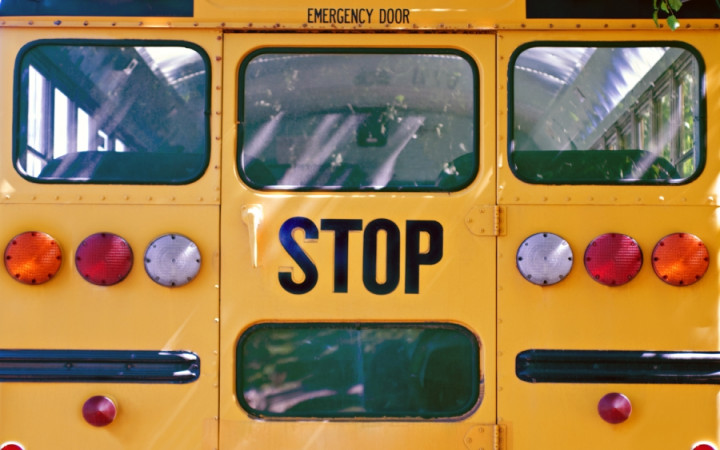Each school day, yellow school buses transport millions of American kids to and from school. The school bus' signature yellow color isn't just for looks. It's also a matter of safety.
Federal law in the United States requires that, in addition to flashing lights and safety devices, school buses must be painted “school bus yellow." Before the standard school bus yellow color was developed, school buses were a pure yellow, closer to the color of a lemon.
School bus yellow is neither pure yellow nor pure orange. Instead, it is a mix of the two, similar to the color of the flesh of a mango. You may not find it in a box of crayons, but school bus yellow is a real color.
In 1939, Dr. Frank W. Cyr organized a conference to establish standards for U.S. school buses. This included a standard yellow color for all school buses in the United States. Originally the color was known as “National School Bus Chrome."
Stop signs and stoplights are red, which leads many people to believe red is the most attention-grabbing color. In fact, yellow gets your attention faster than any other color.
Even if you are looking straight ahead, you can see a yellow object that is not directly in front of you out of the corners of your eyes. Objects you can see out of the corners of your eyes are in your “peripheral field."
Scientists have found that people are able to see yellow objects in their peripheral field 1.24 times better than red. Unlike red, yellow is also more easily noticed in a dark environment.
This is one of the major reasons school bus yellow was chosen. The black lettering on yellow is the easiest color combination for drivers to see in the darkness of early morning when students are being picked up for school.




